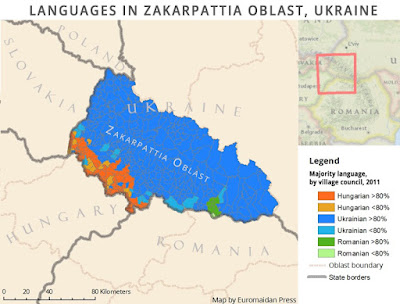I made a map of objects that are dropped on New Year's Eve. It is based on this Wikipedia page. Click for a more readable version
The density of points in Pennsylvania made it necessary for two inset maps - one focused just on the Harrisburg area, the center of dropping things according to Wikipedia. The high density of points in various locations made this an obvious candidate for an interactive map, so I created one - click the image below to see it. You can zoom in and click on an object to see the town or city and what the object is as that is not always clear. Beware - sometimes the interactive map does not load all points on the first try. If only a few appear, refresh the page.
Here is a zoomed in view of Harrisburg.
The static map was made mostly using QGIS, the interactive map is via Leaflet using a basemap from CARTO.
Notes about the data on the map
The Wikipedia page that was the source for this map is subject to changes at any time and may have already changed since this map was created. Some of the items listed on that page were either one time events or have been discontinued. These were not included on the map. There are two locations outside of the United States (Bermuda and Canada) that were not included but may be added at a later time. There is an obvious Pennsylvania bias in the results as much of this came from an article in Penn Live - this is also where I first saw some of these and got the idea for the map. See map notes below for how this was handled cartographically.
Mapping Notes
Most points are from canned US cities data sets and are not accurate when zoomed in too far. The locations reference cities or towns and are not meant to represent precise locations of the towns or drop events. In some cases they may be several miles away. The Key West locations were moved slightly so both objects would be readable. There are (at this time, December, 2018) no objects listed in Alaska or Hawaii. This allowed me to zoom the map in and not need the inset maps commonly seen for these states. Instead, I was able to use those spaces for Pennsylvania, which has such dense data that it needed two separate insets, one just focused on Harrisburg. A couple of other areas, particularly northern Georgia are also very dense. The interactive version was created for this problem.









